Modern design is based on a fundamental principle: the user should get satisfaction and a pleasant experience while using the service or application. Therefore, when designing a digital product, the priority should be the users’ needs and comfort.
Contents:
Human-centered design or HCD is a term that is both overused and misused.
At Shakuro, we know that design should be 3 things: something that people would want to buy, something that is viable for the business, and something that is achievable in a set period of time.
Today, we will try to define HCD, explain how it’s different from other design approaches, and share the way we use it in our work.
What is human-centered design
According to Toptal, human-centered design focuses “on people’s thinking, emotions, and behavior. It’s a creative approach to problem-solving that involves the end-user from the start and puts them at the center of the digital design process”.
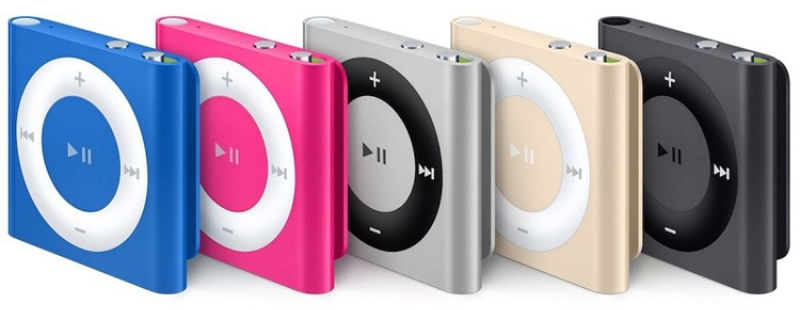
A product design example: iPod Shuffle, with its accessible control buttons, was one of the best HCD portable music players and therefore hyper-successful
Also known as HCD, human-centered design and engineering are based on a philosophy that empowers an individual or team to design products, services, systems, and experiences that address the core needs of those who experience a problem. HCD is an approach to creating projects in which the needs of people play a key role. This means that the company primarily studies the desires and needs of consumers.
The concept was invented by a Nobel Prize laureate Herbert Alexander Simon. Notably, he was one of the pioneers of several modern scientific fields such as artificial intelligence, information processing, decision making, problem solving, organizational theory, etc.
Human beings, viewed as behaving systems, are quite simple. The apparent complexity of our behavior over time is largely a reflection of the complexity of the environment in which we find ourselves.
— Herbert A. Simon
The main difference that makes human-centered design stand out among other problem-solving approaches is its primary determination to understand the point of view of the individual who encounters a certain issue. Digital products created with HCD in mind help build empathy with their users. Herbert A. Simon’s approach analyzes customers’ problems and pains, and whether the solution will genuinely help them. It always starts with studying the potential users and involves co-designing and collaboration.
The cultural factor plays a special role in human-centered design: the same product is adapted to people of different age, race, and gender. HCD seeks to optimize the product so that people do not change their daily behavior and habits. It helps users to solve their problems as efficiently as possible.
HCD is an endless cycle of three phases: to listen, to create, and to deliver.
Human-centered design vs user-oriented design
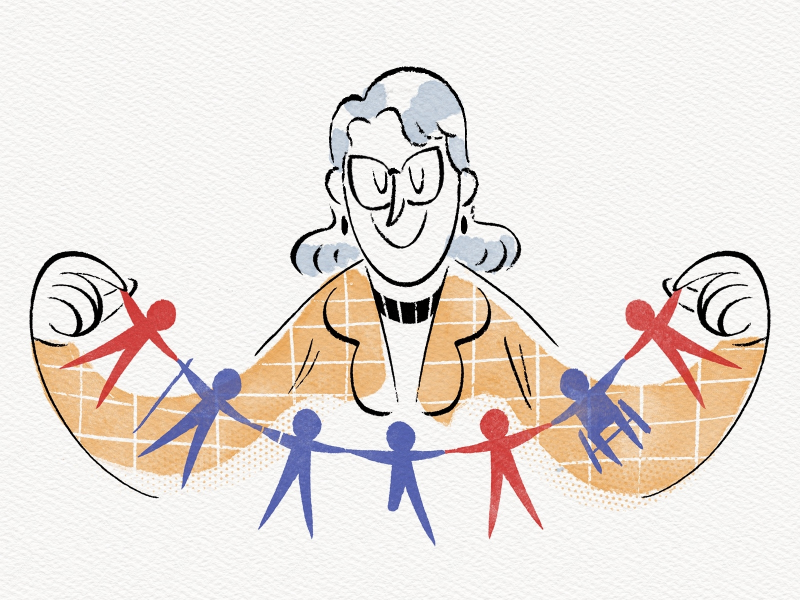
Illustration by Jason Roy
It’s true that the two terms mentioned in the question are widely used replacing each other in different contexts and perceived as equals. The difference between the meaning people put behind those words is really slight and so blurred that it is easy not to notice it at all.
These terms, in fact, have the same roots, the idea they present is viewed in different perspective.
Human-centered design focuses on making interfaces open and accessible for everyone. And the UX goal is to make a certain app/website work flawlessly for those who use it. The HCD focuses on people in general. The UX — on users.
The HCD has a larger scope, while the UX has a very limited scope.
The UX design is based on user experience. It relies on a deep analysis of customer experience (CX) and is focused on improving the quality of consumer life (HCD).
UX designers improve user satisfaction by improving product features:
- Its convenience
- Its level of engagement
- Its availability.
UX design process is responsible for the user-friendly interface of the product. It should be as convenient as possible, easy to learn, and to use.
In human-centred design, solving a problem from the human perspective by applying human logic is more important than aesthetics.
Both design principles are basically focused on solving problems for the people. It’s just that UX stays within the boundaries of a product.
For example: in Brazil, there has long been a problem of illiteracy among children aged 4 to 7. Insufficient reading and arithmetic skills had a negative impact on the future of these children, their further education, career, and social adaptation.
The solution is to develop an educational application for tablets. The app for those who can’t read! This educational game asks the children open-ended questions and pushes them to the correct answers by giving hints. The game collects data, determines the current level of knowledge of each student, and provides information to the teacher.
Human-centered design vs inclusive design
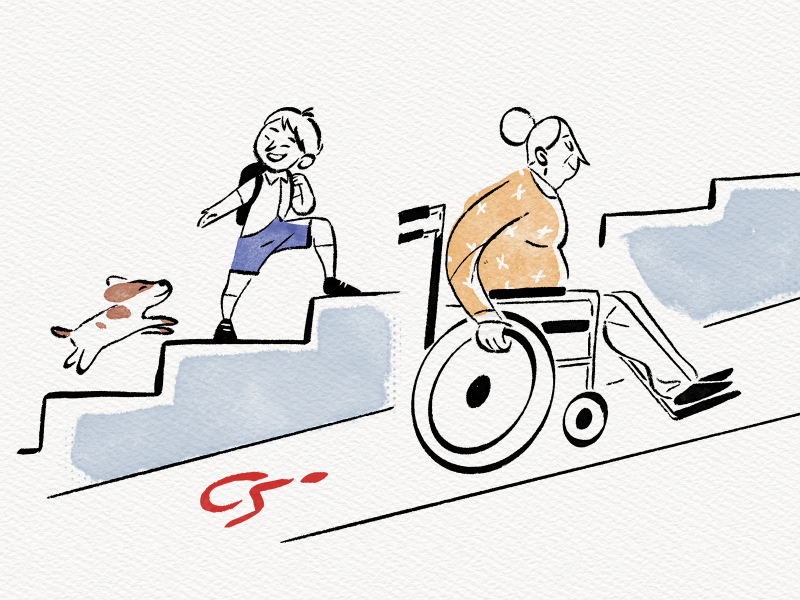
Illustration by Jason Roy
Everyone needs an inclusive design: we are different, but we want the usual products to be equally convenient. About a third of the population needs to adapt to different products. It is the duty of a good designer to make sure that everyone can use an item or service on an equal footing with others.
Of course, optimizing a user experience for every possible user would be impossible, but most of the time, we don’t think beyond the needs of the primary and secondary users of a product, dismissing others as edge cases.
In design, there is often a “problem of the average person” — before designing a product, the designer sees the image of the user and does not think about the fact that all people are different. Inclusive design is design “for everyone”: the designer does not work for a certain type of people, but makes sure that the product solves the problems of people in different life scenarios.
Design for the “average person” leads to incidents and inconveniences. Like with that racist liquid soap dispenser.
According to Microsoft,
Inclusive design is “a methodology that enables and draws on the full range of human diversity. Most importantly, this means including and learning from people with a range of perspectives.”
Inclusive Design is a part of human-centered designs, like the UX. It considers the full range of human diversity, including physical and mental abilities, language, race, gender, age, and other forms of human differences.
The HCD Thinking And Process
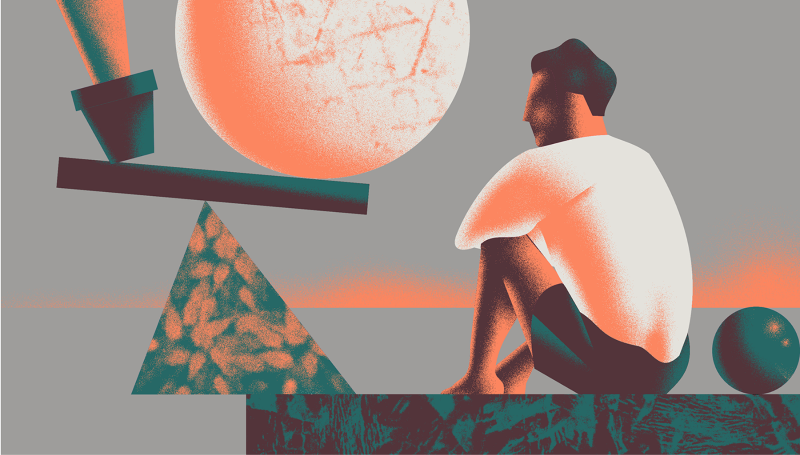
Illustration by Tomasz Woźniakowski
First, we want to get to know our potential clients, to understand their desires, wishes, and problems. You can call it the exploration phase, as we really explore the world around us, trying to get as much information as possible to design our product accordingly. Client interviews, analytical data analysis, and field research are the most common research methods at this stage. Then, it’s time to convert the collected results into a draft solution.
At first, we do not seek to find the only correct solution. We want to create a whole bunch of them, from the conservative to the crazy.
For the next step, we select the most promising ones, which we visualize and, ideally, process into functional prototypes. While it may sound strange, prototyping takes us to the third stage, which completes the first iteration.
When testing our options, we can deliver prototypes created by us to real users and track their reaction. This step quickly shows how really useful the future product is or how it can be improved. However, our work does not end there. On the contrary, we must go back to the first stage and continue getting to know our clients. After completing several rounds, we will have a fairly accurate product design that the team can start implementing.
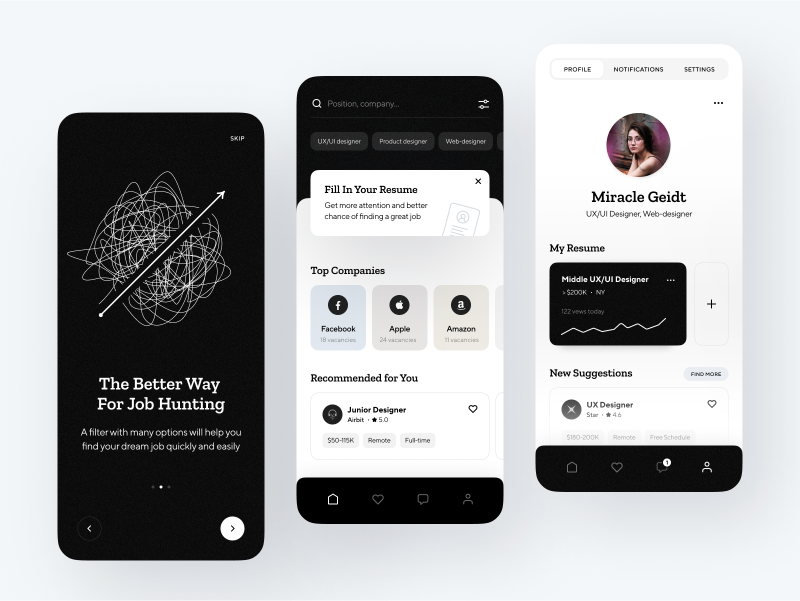
Hiring Platform App Concept by Kostya Stepanov for Shakuro
This is how we use the human-centered designing principles at Shakuro. There are several stages to the HCD process:
- Imagination: “I have a problem”
- Where to start?
- How to make digital production design human-oriented?
- Who to interview?
- Idea: “I have opportunities for design”
- How to interpret what I learned?
- How to formulate information into a tangible idea?
- How to make a prototype?
- Implementation: “I have an innovative solution”
- How to implement the UI/UX design concept?
- How to understand that the concept works?
- How to set up the production process?

Illustration by Nikita Veprikov
In the end, human-centered design is all about empathy.
What is human centered design thinking? The HCD as a design thinking approach puts people’s pains and needs first, and helps to create useful and meaningful digital products. Investing in an outsourcing agency that knows its way around human design means making an app or a website that matches all the end users’ desires.
***
We hope you found this article useful! Developing a successful app or website is a rather difficult and challenging task because of the vast number of rivals, who also use process of design thinking as one of their approaches. Contact us, and we will give you all estimates on developing and designing digital products according to your idea.
